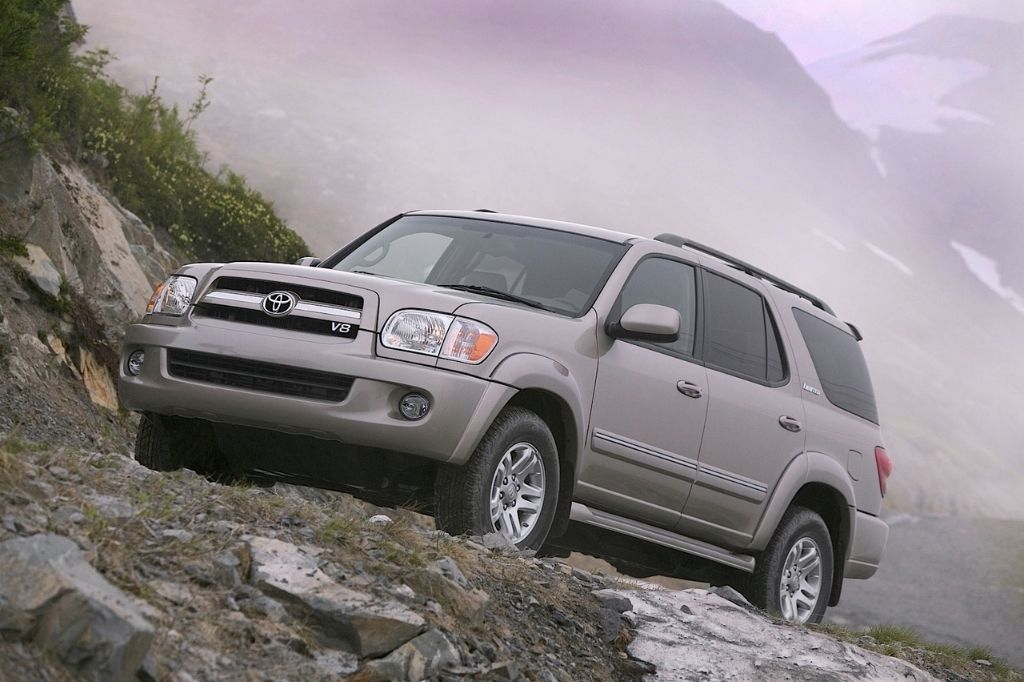You know, there’s this moment when you start hearing a new sound in your car that makes you go, “What in the world is that?” And if you’re driving a 2006 Toyota Sequoia 4.7, it might just be those lifters making themselves known. A tick, tick, tick, echoing from under the hood that feels like it’s getting louder by the minute. And so, here we are—talking about the delicate process of changing the lifters on a 2006 Toyota Sequoia 4.7. This isn’t a five-minute fix, but with a bit of patience, and a few tools, it can bring your engine back to its smooth self.
Why Do Lifters Even Matter?
Alright, first off, what’s a lifter anyway? Small part, but it’s the heart of the whole thing in many ways. Lifters are these little hydraulic components that sit in the engine, keeping everything timed just right. They push the valves, make sure things are in sync. Imagine it like a tiny metronome keeping the beat. If one gets off, well, the whole song starts sounding a little out of tune, doesn’t it?

Now, worn lifters? That’s a recipe for some serious ticking noises, and not the friendly kind. Left alone, they don’t just make noise—they mess with the engine’s timing and can throw off the whole performance. You’ll notice gas mileage taking a dive or maybe feel the engine just isn’t running as strong as it used to. Sometimes, it’s easy to ignore those signs, but trust me, the fix is a lot easier before it turns into a major problem.
Think of it this way: ignoring lifters is like hearing a smoke alarm beep and just turning up the TV volume instead. Doesn’t fix the issue, just hides it. So, if you’re hearing that tick, it might be time to give those lifters some attention.
How to Spot Worn-Out Lifters?
Here’s the tricky part: identifying when it’s really the lifters causing the noise. That tick-tick-ticking sound is usually the first sign, especially if it gets louder the more the engine warms up. And the sound itself, it can feel like a nagging reminder every time you accelerate or hit higher RPMs.
Aside from noise, there are some other hints too. If your Sequoia doesn’t have that smooth “oomph” like it used to, or if it feels sluggish, it could be the lifters again. Lifters that are worn down or clogged won’t allow the engine to run as efficiently, meaning you might be hitting the gas pedal harder but not getting the same response.
Also, check your oil. Lifters rely on clean, good-quality oil to function right. If the oil is dirty, the lifters are more likely to clog up or wear down prematurely. It’s why oil changes really are essential, but sometimes even the best maintenance can’t save a part that’s already worn out.
Related Article: How Do I File a Complaint with BMW North America?
Tools You’ll Need to Change Lifters
Let us now address the instruments. For a position like this, you just need a few basics rather than a whole toolkit. Quite helpful are a good set of wrenches and sockets, a torque wrench to correctly tighten everything, and a valve spring compressor.

Some people like to use a magnetic tool to get those stubborn lifters out without a hassle. They can be a bit tricky to grab onto, so having that extra tool can save you from a lot of frustration. Other basics? Some good-quality oil, an engine cleaner, and maybe a gasket scraper to make sure everything is spotless when you’re reassembling.
Most importantly, have those new lifters ready and double-check they’re the right ones for the Sequoia’s engine. Just make sure they’re compatible because halfway through is not the time to realize you have the wrong parts.
Step-By-Step: Changing Those Lifters
Alright, onto the actual changing part. Make sure the engine is cool first; otherwise, you’ll risk burns and frustration right out the gate. Begin by removing the air intake and the valve covers – this opens up the area so you can access those lifters.
Once you’re in, remove the rocker arms to reveal the lifters. Depending on your comfort level, you might find a magnetic tool helps lift them out. They can be slippery, a bit stubborn, so be prepared to take your time with it. After you’ve removed the old ones, take a minute to clean the area, clear out any dirt or debris that could interfere with the new lifters.
Install the new lifters carefully, making sure each one is properly seated. Reassemble the parts in reverse order, keeping things clean along the way. Remember to torque everything down to spec – too tight or too loose can cause trouble down the line, so stick to the manual for the right numbers.
Aftercare and Final Checks
Once everything’s back together, go ahead and add some fresh oil, start up the engine, and let it idle for a bit. Listen carefully – hopefully, that ticking noise will be a thing of the past. If all sounds good, congratulations! You’ve just tackled a lifter change on your 2006 Toyota Sequoia 4.7, and you didn’t even have to hand it off to a mechanic.
This kind of job isn’t for everyone, but there’s a certain satisfaction in knowing you’ve taken care of it yourself. Just keep an ear out for any other new noises, and with regular maintenance, your Sequoia should keep purring smoothly for miles to come.







